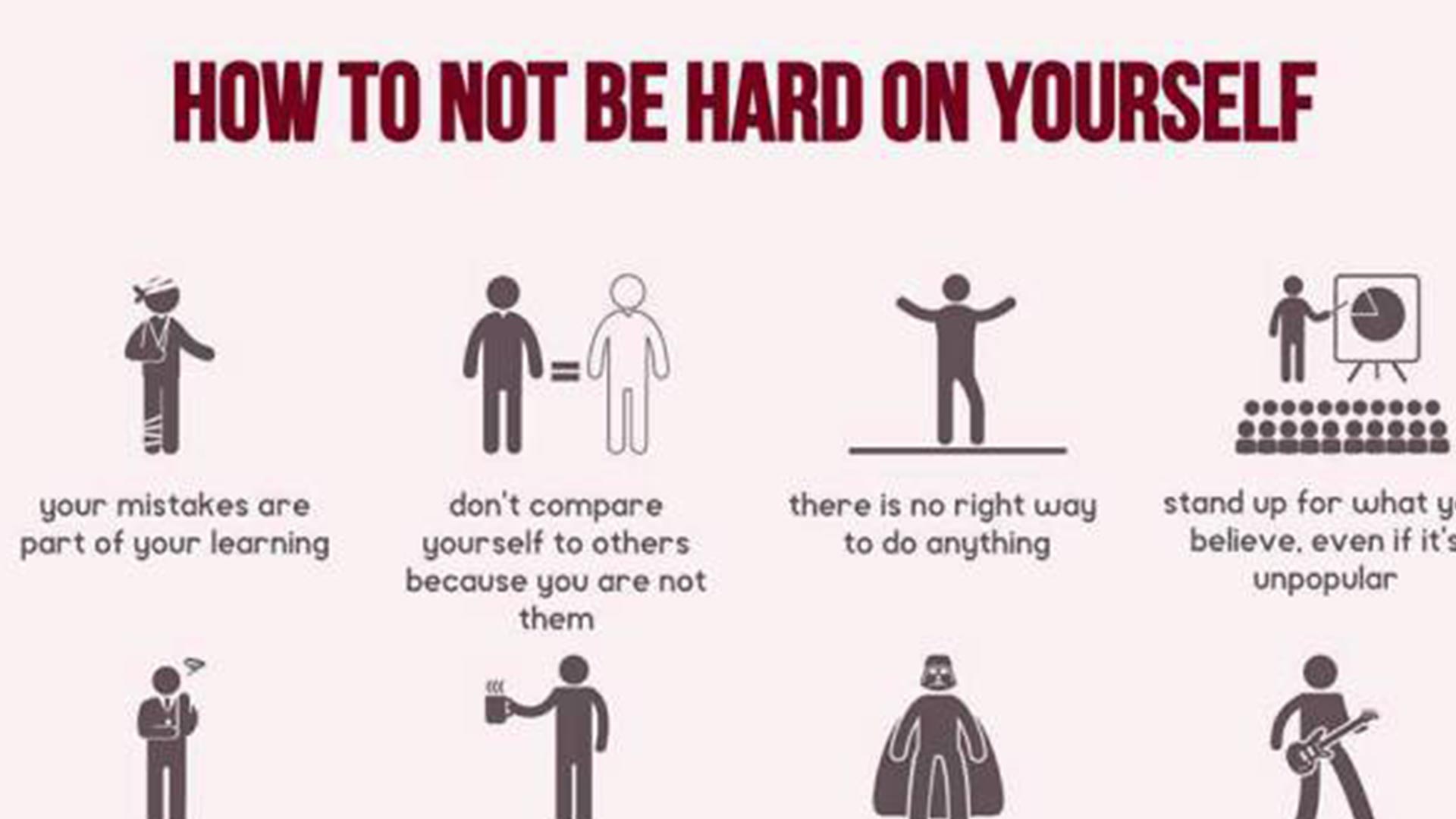Search the Community
Showing results for 'simple'.
-

What kink can teach us about having fulfilling relationships
Tine posted an article in RELATIONSHIPS
Fulfilling relationships are about all good communication, and as kink or BDSM relationships are very much based around talking, Kayla Lords suggests we look at them deeper to learn more about developing long-lasting and honest relationships... Ask someone what they think of when you say “kink” or “BDSM” and, even if they’re not into kink at all, it’ll be something about pain or rope or leather. You’ll also talk about sex and fetishes. A lot of people focus on what makes kink stand out from non-kink. That’s the fun part for a lot of us, but there’s another level to many kinky and fulfilling relationships that anyone can benefit from doing in their own relationship. Kink and BDSM don’t work unless both parties are willing to communicate with each other. And you don’t have to be kinky for that to be good for your relationship. It’s both as simple as and as hard as doing very specific things: Say what you feel – good or bad Communicate your desires, even the ones that are new to you or you’re ashamed of Share your fears – about sex, relationships, and everything else Listen to each other – without thinking of what you’re going to say next Reserve judgement It’s important not to be judgmental about what the other person is telling you. They may admit to a curious desire to something you find repulsive. Instead of judging them based on how you feel about it, let them know it’s safe to talk to you. We have a saying in BDSM: Your kink isn’t my kink, but your kink is okay. The same is true outside of kink. You don’t have to want something for yourself for it to be okay for your partner. Undress the truth: fulfilling relationships are based around honesty Communication isn’t only about sex, though. Sharing fears, concerns, and worries that you have at work, at school, in your relationship, and in life bring you closer to each other. You’ll develop a trust and a bond that comes with knowing each other intimately. Be open to new things In a BDSM relationship, we discuss both hard and soft limits, as well as our desires. A hard limit is something you have no desire to try; it may even disgust you to imagine it. A soft limit is something that you’re unsure of, maybe even nervous about, but you would try it – at least once. This works when you’re not kinky, too. “Communication isn’t only about sex, though. Sharing fears, concerns, and worries that you have at work, at school, in your relationship, and in life bring you closer to each other.” Fulfilling relationships aren't always about sex. You may have a no-pet policy in your relationship, but you’d be willing to consider a goldfish. You may say you hate to travel, but if your partner was with you, you’d consider a road trip. The growth of a relationship is proportional to the growth of the people in that relationship. When you try new things, whether it’s a new sexual position or you ride a roller coaster for the first time, you learn something about yourself, and you grow. Successful relationships, kinky or not, thrive on trying new things. It fosters communication, experimentation, new ideas, and new opinions. Every relationship can benefit from that. Understanding consent The quickest way to break someone’s trust is to violate their consent. Most of the time, we’re talking about sex when we discuss consent. In a kinky relationship, not everything we do is sexual. Sometimes it’s about the kinky play – being tied up, being blindfolded, or anything not directly related to sexual intercourse. When you say no, whether it’s a clear, “No!” or a safeword like, “Purple banana!” or you don’t enthusiastically say yes to any activity, that lack of consent must be respected. Behind the sheets: don't be afraid to talk about what you want in sex It’s important to understand consent on a deeper level, for both parties. If you’re going to try something new, you’ll want to be able to give informed consent. This means that you have some idea of what to expect, what will happen, and what it will feel like. Your “new thing” could be a new restaurant, meeting someone new, or a new vibrator. We feel more at ease about our decisions when we have an idea of what to expect. Saying yes to something blindly can lead to bad surprises. And having someone ignore you when you say no will too. It will also create a crack in your relationship that can be hard to repair, and may break your relationship. Consent should be informed, understood, clear, and, above all, respected. Taking care of each other In BDSM, there's always a top and a bottom or a dominant and a submissive. One controls, the other gives up control. One has the power, the other consents to that power. What most people don’t realize, however, is that in the best BDSM relationships, each person takes care of the other. We fulfill each other’s needs as much as we can. We help each other. We build each other up, care for each other, and nurture our passions and goals. Every relationship can benefit from a bit of care. Even if your relationship isn’t one you expect to last forever, while you’re together, genuinely try to make that person’s life a little better. It may only be better while you’re in each other’s presence, and it should never violate your own ethics and morals, but asking how their day went, giving them a hug, encouraging them in their goals – these are all ways to easily take care of someone. Celebrate your differences Yes, compatibility is important in any relationship. If you didn’t have a single thing in common, things could get awkward and boring quickly. That being said, where you’re different there are opportunities to learn and grow as individuals. “In the best BDSM relationships, each person takes care of the other. We fulfill each other’s needs as much as we can. We help each other.” Don’t shame or allow yourself to be shamed for wanting or liking something different than your partner. Instead, use it as a place to begin a new journey for yourself, with your partner, or, if you’re interested in a more open relationship, with someone new. An open relationship won’t work without openness, honesty, integrity, trust, and constant communication in your relationship. When people think about BDSM or kink, sex and fetish are usually the first things that come to mind. It’s what excites some people and turns others off. But there’s much more to kinky relationships than that. Look beneath the surface, and you’ll find bonds that run deep. Everyone can benefit and find satisfaction from the things that really make fulfilling relationships work. Main image: Colourbox.com Written by Kayla Lords Kayla Lords is a freelance writer, sex blogger, and a masochistic babygirl living the 24/7 D/s life. She hosts a weekly podcast, Loving BDSM, where she and her Dominant talk about loving BDSM in a loving D/s relationship and share what they've learned and experienced as a kinky couple. -
Having a bad day? Don't beat yourself up: get some self-compassion instead. Thankfully, this infographic from Anna Vital is the perfect pick-me-up. Tine Steiss says check it out and learn how to be good to yourself! Anna Vital has created this amazing infographic about self-compassion. 'How Not to be Hard on Yourself' is a joyful everyday reminder of the steps towards both happiness and self-compassion. With this fun and easy-to-follow infographic, learning how to have self-compassion is easy! Consider printing it out and putting it on your desk at work or on the fridge at home, for simple reminders to help you be nice to yourself! Every time you have some self-doubt or are feeling bad about yourself or your choices in life, focus on the graphics and start to feel better! A lot of on this infographic is about how you relate to other people: Surrounding yourself with people who want you to succeed! Remember, you don't have to always stand alone! Although sometimes you'll have to when your opinion isn't shared by the group. But don't be afraid to stand up for what you believe in. Try not to compare yourself with others and their lives. It's like comparing apples and oranges: they just aren't the same. When other people give your criticism, try to learn from it and become a better person. They are not usually saying these things to bring you down. Other important points: Learn from your mistakes! There's no right way to do anything in life, so why not give it a try? Don't be so hard on yourself about your past. Learn what you can from it, make goals and move on. Anger and weaknesses can be turned into strong and productive motivators. They say it takes 10,000 hours to learn a new skill (Mr. Kaufman claims otherwise), so try, try again. Support Anna Vital by buying one of her prints. Smile and remember to be self-compassionate! ● Written by Tine Steiss Tine is an artist, meditator, media engineer and student of happiness. If she is not traveling she's working on turning her rooftop terrace into an urban garden paradise. Find out more about her on: Instagram and Facebook
-
By balancing our physiology and nervous systems, body-based practices can help us through hard times. By Linda Graham on behalf of Greater Good Science Center. Stuff happens. Another car suddenly swerves into your lane on the freeway. You misplace your keys and wallet two minutes before you need to catch your bus to work. You shred the wrong client file at the office. These mini-disasters create quite a startle in your nervous system — a rush of adrenaline that helps ready your body for “fight or flight,” our natural defense against perceived danger. But if your body is hit with adrenaline for every little thing that goes wrong in life, it can tax your capacity to cope, making recovery from future setbacks like these even more difficult. Luckily, it’s possible to strengthen your own body-based somatic intelligence to quickly respond to and recover from any sense of threat to your safety or well-being. What is somatic intelligence? It’s understanding how your body responds to danger and using that knowledge to support your body as you go through life — which, if you’re human, is bound to be filled with at least some adversity. In my new book, Resilience: Powerful Practices for Bouncing Back from Disappointment, Difficulty, and Even Disaster, I explain many of the resources we have within us to build up our resilience. While the book outlines several resilience tools — including those aimed at improving emotional, relational, and reflective intelligence — building somatic intelligence is key to all of these. Without it, it’s difficult to engage in any of the other practices available to you. “Luckily, it’s possible to strengthen your own body-based somatic intelligence to quickly respond to and recover from any sense of threat to your safety or well-being.” To better support our natural somatic intelligence, we need to soothe our nervous system through body-based practices that steady our brain’s perceptions of and responses to danger and help us retain a sense of safety. Once we master some of these techniques, we are prepared for more resilient coping, learning, and growth. Here are some simple practices I recommend in my book, each of them grounded in neurophysiology. 1. Breathing To breathe is to be alive. Every inhalation you take activates the sympathetic branch of your nervous system a little bit (a lot when you overreact to something and hyperventilate), while every exhalation activates the parasympathetic branch a little bit (a lot when you feel scared to death and faint). That means that your breath goes through natural cycles of energizing you and relaxing you. We can intentionally use this rhythm of gently breathing in and out to reliably regulate the revving up and shutting down of our nervous system. Simply pause for a moment and focus your attention on your breathing. Notice where it’s easiest to sense the sensations of your breath flowing in and out — your nostrils, your throat, in the rise and fall of your chest or belly. Take a moment to experience some gratitude for the breath that sustains your life, every moment of your life. Breathing, with one hand on the heart, can soothe you 2. Deep sigh A deep sigh is your body-brain’s natural way to release tension and reset your nervous system. Simply breathe in fully, then breathe out fully, longer on the exhale. Studies have shown that a deep sigh returns the autonomic nervous system from an over-activated sympathetic state to a more balanced parasympathetic state. Even as what you’re coping with becomes more challenging, you can deliberately pair any moment of tension or frustration with a sigh to shift your physiology into a relieved and more relaxed state, thereby enhancing your chances of seeing clearly and choosing to respond wisely to what’s happening. 3. Touch To soothe the nervous system and restore a sense of safety and trust in the moment, it helps to use the power of touch. Warm, safe touch activates the release of oxytocin — the “tend and befriend” hormone that creates pleasant feelings in the body and is the brain’s direct and immediate antidote to the stress hormone cortisol. Oxytocin is one of a cascade of neurochemicals that are part of the brain-body social engagement system. Because being in the presence of other people is so critical to our well-being and safety, nature has provided this system to encourage us to reach out to others and connect. That’s why touch, along with physical proximity and eye contact, evokes a viscerally felt sense of reassurance that “everything is OK; you’re fine.” 4. Hand on the heart Research has shown that placing your hand over your heart and gently breathing can soothe your mind and your body. And experiencing the sensations of touch with another safe human being, even recalling memories of those moments, can activate the release of oxytocin, which evokes a feeling of safety and trust. This is a practice that takes advantage of breath and touch, but also memories of feeling safe with another person. Here's how it’s done: Place your hand on your heart. Breathe gently, softly, and deeply into the area of your heart. If you wish, breathe a sense of ease or safety or goodness into your heart center. Remember one moment, just one moment when you felt safe, loved, and cherished by another human being. Don’t try to recall the entire relationship, just one moment. This could be with a partner, a child, a friend, a therapist, or a teacher; it could be with a spiritual figure. Remembering a loving moment with a pet can work very well, too. As you remember this moment of feeling safe, loved, and cherished, let yourself savor the feelings of that moment. Let yourself stay with these feelings for 20 to 30 seconds. Notice any deepening in a visceral sense of ease and safety. “Placing your hand over your heart and gently breathing can soothe your mind and body.” Repeat this practice many times a day at first, to strengthen the neural circuitry that remembers this pattern. Then practice this exercise whenever you experience the first signal of a startle or an upset. With practice, it will enable you to back out of a difficult emotional reaction before it hijacks you. Make a move: placing hands on your hips can make you feel confident 5. Movement Any time you move your body and shift your posture, you shift your physiology, which, in turn, shifts the activity of your autonomic nervous system. Therefore, you can use movement to shift your emotions and your mood. For example, if you're feeling scared or nervous, research has shown that taking a pose that expresses the opposite of that — putting your hands on your hips, your chest out, and your head held high — will make you feel more confident. Yoga poses can increase your confidence, too — perhaps even more so than poses associated with social dominance. So, if you're experiencing any state of fear, anger, sadness, or disgust, try shifting your posture. Let your body move into a posture that expresses the emotional state you want to develop in yourself to counteract what you’re feeling. I’ve found that working with my clients on this technique can sometimes really shift something for them, as they discover that they actually have the means inside of themselves to deal with these difficult emotions. There are many more practices outlined in my book that you can use to cultivate more calm in the body, restore your natural physiological equilibrium, and access a deeper sense of safety and well-being that primes your brain for more resilient learning and coping. By practicing these tools, you will not only cope better with any upset or catastrophe and bounce back better from any adversity, you will also learn to see yourself as someone who can cope. And that sense of being able to soothe yourself after setbacks is the beginning of developing true resilience. ● This essay is adapted from Resilience: Powerful Practices for Bouncing Back from Disappointment, Difficulty, and Even Disaster (New World Library, 2018, 304 pages) by Linda Graham, MFT. Subscribe to her newsletter and learn more about her work. Written by Greater Good Science Center This article originally appeared on Greater Good, the online magazine of the Greater Good Science Center at UC Berkeley. Happiness.org is honoured to republish them with the kind permission of the Greater Good Science Center. greatergood.berkeley.edu



